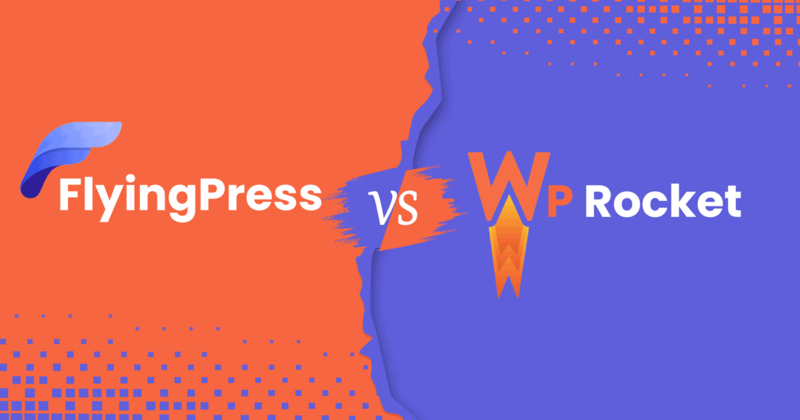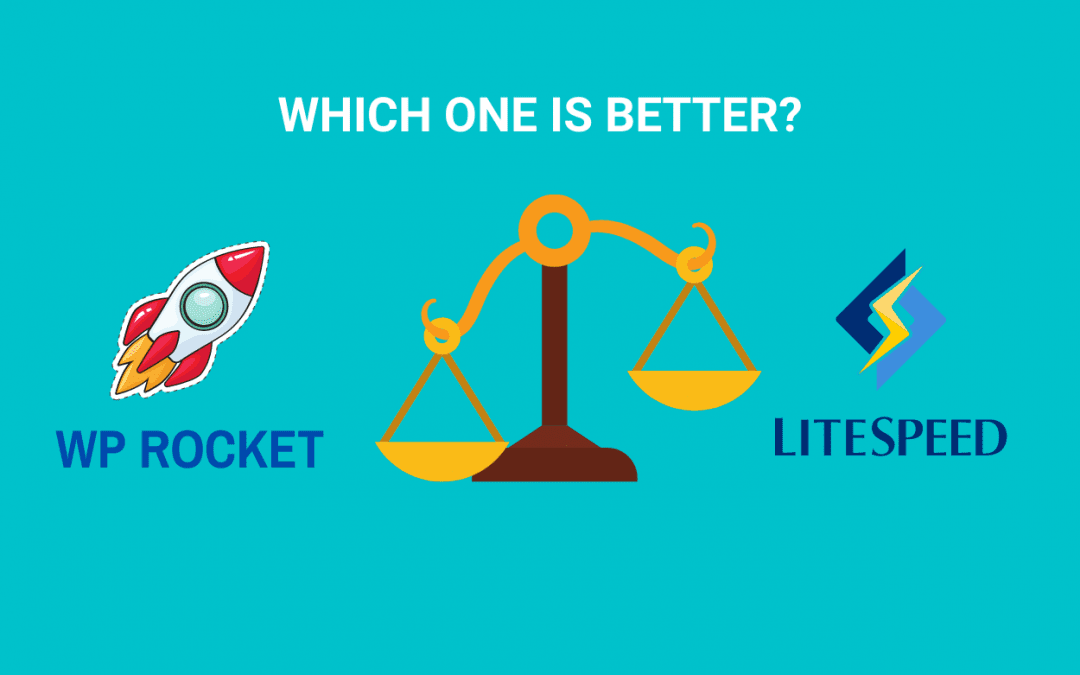Top Guidelines Of Litespeed Cache Vs. Wp Rocket
Table of ContentsLitespeed Cache Vs. Wp Rocket - An OverviewThe Only Guide to Litespeed Cache Vs. Wp RocketLitespeed Cache Vs. Wp Rocket - QuestionsThe Ultimate Guide To Litespeed Cache Vs. Wp RocketNot known Incorrect Statements About Litespeed Cache Vs. Wp Rocket
They have a smaller sized file size, making them less complicated to pack. That's a great compromise if you desire better filling efficiency.
If you're running your website on Word, Press, you're most certainly making use of plugins and widgets to add functionalities to your website. Every plugin you set up adds a little bit of code to your page, making it much heavier than it must be.
Let's claim your web server is based in Australia, however you have many site visitors from India. Instead of sending out files directly from Australia, the CDN can send out documents from a web server in India, making this process quicker and more effective. Redirects are a natural part of any kind of website, and there's nothing incorrect with them.
The 25-Second Trick For Litespeed Cache Vs. Wp Rocket
They won't considerably slow you down. But when it comes to redirect chains, they will. By connecting as near the final location as feasible, you stay clear of producing as well several redirects and thus, reduce your site's load. Unsurprisingly, a few of the very best sources for optimizing your web site are from Google.
It summarizes the customer experience of site visitors to your website, demonstrating how many URLs pass or fall short Core Internet Vitals and various other web page experience signals. Lighthouse, for Google Chrome This is just one of the most innovative performance dimension tools readily available and great for benchmarking. Web, Web Page, Test This device gives a waterfall diagram of how all the assets load on your internet site.
Do not blind on your own to ratings and metrics as those numbers are not rep of all your site visitors. Every customer is different. Every site visitor uses one more type of net connection, device, and browser. Figure out who your users are, just how they access your site, and what they do while they exist.
Use the recommendations to obtain begun on improving your web page speed, but do take these with a grain of salt. They are excellent beginning points, however there is so a lot more you can do!

This will certainly lower latency and result in improvements to your web page speed because it lowers any check my source type of possibility of a hold-up or the number of round trips created.
Litespeed Cache Vs. Wp Rocket - An Overview
As websites modern technology, like the advancement and wide use Java, Script libraries, has actually progressed in time, using this technology has actually been tempered by the rate, or bandwidth, of Web links and the processing and memory sources of devices. Basically: the extra data and sources the web server sends out to the web browser, the longer it requires to supply the "plan" across an internet connection and the slower the page will be visually made in the internet internet browser and end up being useful.

This is so when a visitor check outs this web site once again, it does not need to refill the whole page. This benefits page rate, as this reduces time invested sending multiple HTTP demands to the server. A fringe benefit is the decrease of bandwidth and for that reason the total cost of holding your website.
This will minimize latency and result in enhancements to your web page speed because it lowers any opportunity of a delay or the number of round trips produced.
As web page technology, like the growth and broad use of Java, Script collections, has actually progressed over time, using this technology has actually been toughened up by the rate, or transmission capacity, of Net connections and the handling and memory sources of gadgets. Basically: the extra information and resources the web server sends out to the web browser, the longer it takes to supply the "package" across a web connection and the slower the web page will certainly be visually rendered in the web internet browser and end up being functional.
Page rate impacts traffic across all networks and sources, but since Google has led technologies being used web page speed in internet search ranking formulas, minimizing latency has actually ended up being a core component of SEO. While anything that includes time to the web page rendering process is a page speed aspect, there are several problems that are most usual: The time between when the customer or internet read what he said browser requests the page and the preliminary response from the server is called the web server action time, likewise determined as Time To First Byte (TTFB), or the moment at which the server sends the very first information that the internet browser can use to construct and provide the web page.